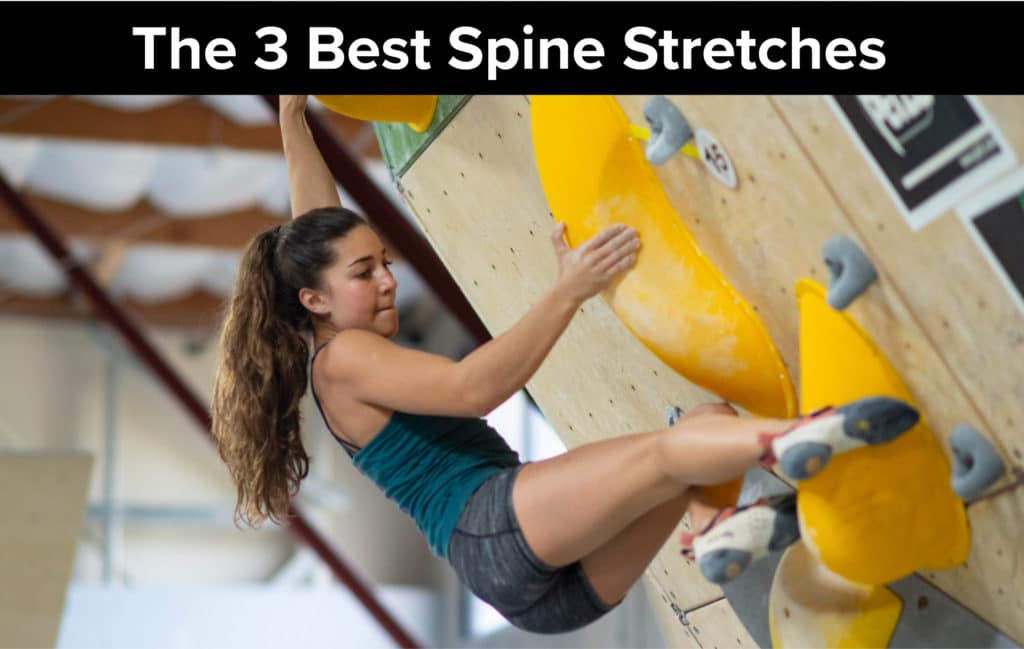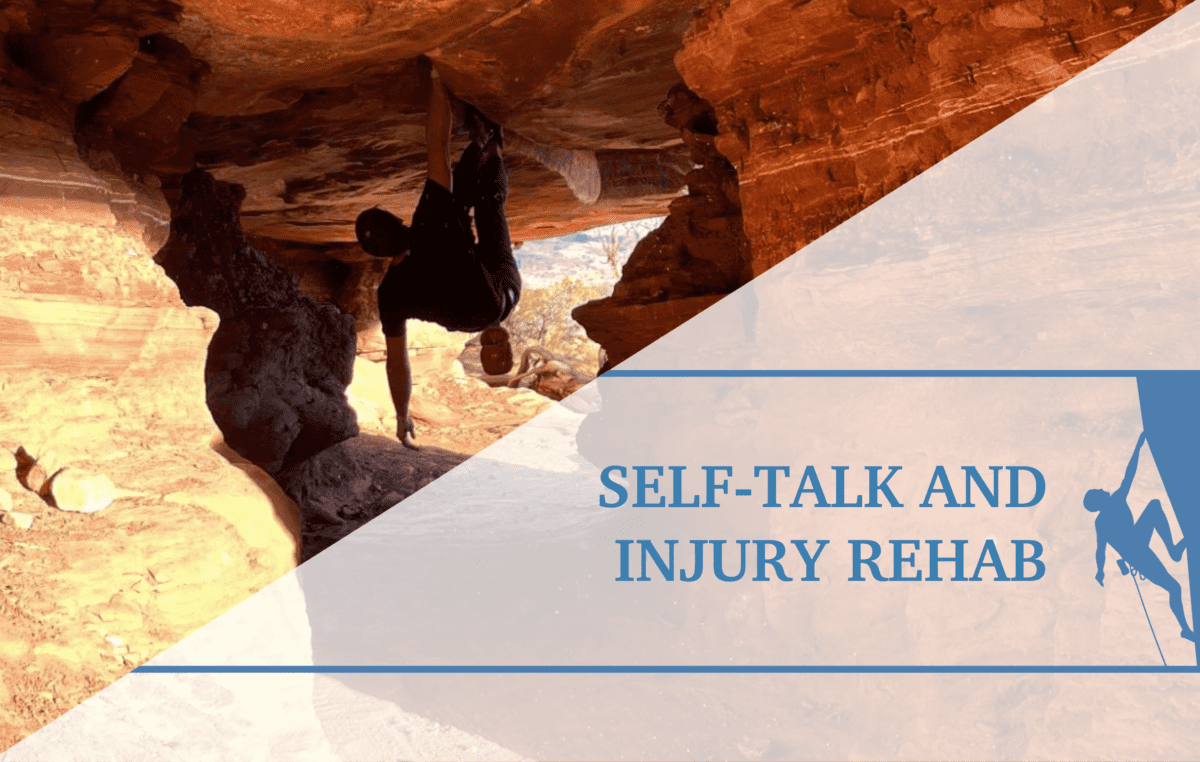Rock Climbing Injury Tips: Spine Stretching
You are standing at the base of a route at your climbing gym. You notice wide stemming moves, high heel hooks and large step throughs. Looking up at the intricate sequences, you start to think maybe the route was set by a Cirque de Soleil performer. But you decide to give it a go. You stretch out your hips and shoulders, tie in and begin to climb. Midway up the route your body twists into a pretzel and you stretch to your limit. You see the next hold just inches away. You slowly reach your hand toward it fighting the stiffness and resistance in your body. You can barely reach. You curse at yourself for skipping Yoga class and for being one inch too short. Just as you are about to grasp the hold, your feet pop off and you blow the move. If only you were more flexible.
Flexibility is essential for rock climbing. It is what allows your body to adapt to the climbing wall. Most climbers know the benefit of flexible limbs (arms and legs) but forget about the importance of a flexible trunk (spine). Flexible limbs can help you reach further and step higher but a flexible trunk will allow you to twist your body into difficult positions on the wall.
As you can see in the image below from Thieme Anatomy Atlas, the spine is separated into three distinct segments; cervical, thoracic and lumber. This article will focus on the trunk, the area below the neck and above the waist which is made up of the thoracic and lumber segments.

The trunk moves in three planes of motion; sagittal, frontal and transverse.
- Sagittal: Forward and Backward
- Frontal: Side to Side
- Transverse: Rotation
Of these three planes of movement, the transverse plane is the most limited in the body and also one of the most important planes of motion for climbing. Improving rotation flexibility in the transverse plane will free up additional possibilities for hold selection on the wall.
Check out the videos below as Brooke Raboutou teaches you the three best exercises to improve your spine mobility.
Thread the Needle Stretch
Begin on your hands and knees. Rock your bottom back towards your heels as you straighten your arms. With the palm facing up, reach one arm underneath the other. Press the back of your hand into the ground and rotate your spine further to increase the stretch. Repeat on the opposite side.
Archer Stretch
Begin lying on your left side with your hips and knees bent to 90 degrees. Straighten your arms and rotate your body to the right. Imagine that you have a bow in your left hand. Place an imaginary arrow in the bow with your right hand by rotating to your left. Pull the arrow back by flexing your right elbow. Complete the stretch by rotating your right arm back to the ground and straightening your elbow. Repeat on the opposite side.
Side-Lying Rotation Stretch
Begin lying on your back with both legs straight. Flex one leg up to hip level with your knee bent and grasp it with your opposite hand. Press the knee toward the ground as your opposite arm reaches in the other direction. Repeat on the opposite side.
- Disclaimer – The content here is designed for information & education purposes only and the content is not intended for medical advice.





